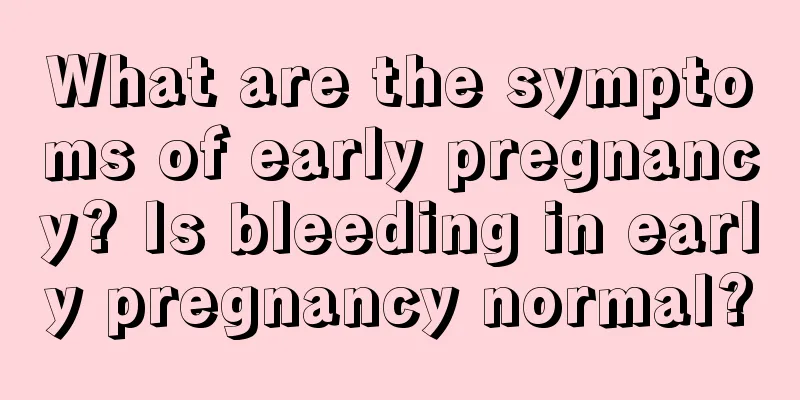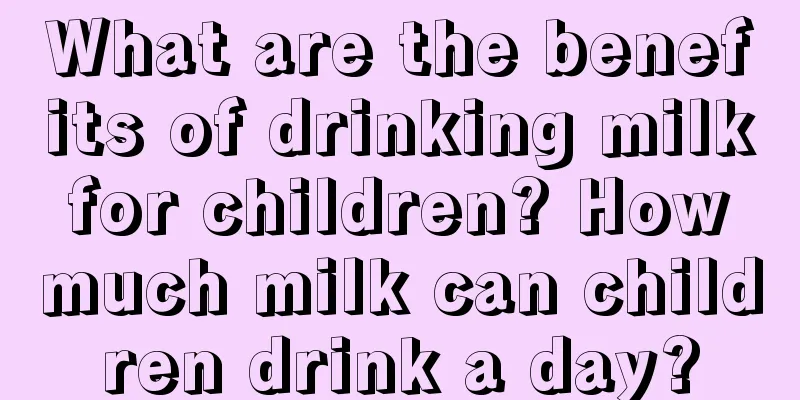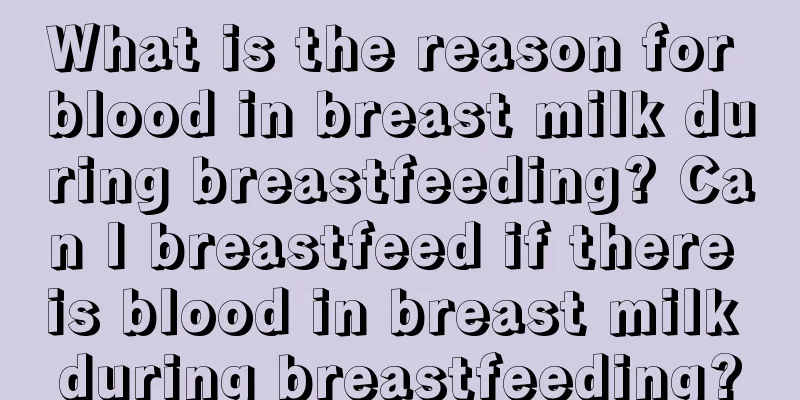What are the ovulation pills? Types of ovulation pills

|
What are the ovulation drugs? Many infertile families succeeded in getting pregnant by taking ovulation drugs. Today, I will give you a detailed introduction to the types of ovulation-promoting drugs. Different ovulation drugs are suitable for different symptoms. Families preparing for pregnancy need to follow the doctor's guidance to choose. Types of ovulation pills(1) Clomiphene: The drug of choice for inducing ovulation, used for various types of anovulation other than hyperprolactinemic infertility. (2) Human gonadotropin (HMG): It can be used for infertile patients who do not respond well to clomiphene. The intra-individual and inter-individual variability of this drug is large, and B-ultrasound monitoring is required to understand the development of follicles and prevent the occurrence of ovarian hyperstimulation syndrome. (3) Human Chorionic Gonadotropin (HCG): It has LH-like effects and is often used in combination with the above-mentioned ovulation-inducing drugs to promote the final maturation of follicles and ovulation. (4) Progynova: Symptoms of menopause after menopause, or symptoms of estrogen deficiency after oophorectomy and radioactive castration for non-cancerous diseases, such as hot flashes, paroxysmal sweating, sleep disorders, depression, irritability, headaches, and dizziness (5) Gonadotropin-releasing hormone (GnRH): Applicable to hypothalamic anovulation. It needs to simulate the natural release of GnRH in the body and is administered by intravenous pulse injection. It is expensive and inconvenient, so it is rarely used. What are the ovulation-stimulating drugs?Clomiphene: Starting from the 5th day of menstruation, take clomiphene 50-150 mg/day orally for 5 consecutive days. Ovulation may occur 5-11 days after stopping the drug. If the estrogen level is low, you can first use a small dose of estrogen, diethylstilbestrol 0.125-0.25 mg/day, for 20 consecutive days, and apply it for 1-3 cycles to increase the sensitivity of the hypothalamus-pituitary-ovarian system, and then use clomiphene to promote ovulation, which can improve the efficacy. If the cervical mucus is small and viscous, after taking clomiphene, add diethylstilbestrol 0.125-0.25 mg/day for 7 consecutive days. Artificial cycle of estrogen and progesterone: For those with general menstrual disorders but with a certain level of estrogen, estrogen and progesterone can be used sequentially for artificial cycle treatment for 3 months. Ovulation may occur after stopping the medication. Human chorionic gonadotropin (HCG): HCG has the effect of luteinizing hormone and can induce ovulation when administered when the follicles are nearly mature. Luteinizing hormone-releasing hormone (LH-RH): Suitable for anovulators with hypothalamic insufficiency. Use micro-pump pulse intravenous injection, pulse interval 90-120 minutes, small dose 1-5μg/pulse, large dose 10-20μg/pulse, medication for 17-20 days, or from the 5th day of the menstrual cycle, daily intramuscular injection of 50μg, for 7-10 consecutive days. Bromocriptine: Suitable for patients with anovulation and hyperprolactinemia. Who needs to take ovulation pills?For women who can get pregnant normally, taking ovulation-stimulating drugs is actually unnecessary and dangerous. As a clinical drug, ovulation-stimulating drugs were originally used to treat infertility and are mainly suitable for the following situations: 1. Hypothalamic disorders: There are functional and organic types. The former include idiopathic diencephalic amenorrhea, functional hyperprolactinemia, psychogenic amenorrhea, and anorexia nervosa; the latter include diencephalic tumors, post-head trauma, and post-encephalitis. 2. Pituitary dysfunction: pituitary adenoma, tuberculosis or syphilitic granuloma, Sheehan syndrome. 3. Ovarian dysfunction: including primary ovarian amenorrhea and secondary amenorrhea. The former includes Turner syndrome, etc. The latter includes organic ovarian damage, premature ovarian failure, etc., such as ovarian function damage caused by tumors, inflammation, etc. |
<<: How to choose a name for a child? What is the best name for a child?
Recommend
What clothes should I wear during the confinement period in August? What shoes should I wear during the confinement period in August?
The confinement period is an extremely important ...
Can baby rice cereal cause allergies? Can baby rice cereal cause constipation?
Many mothers know that babies need to eat complem...
What calcium tablets are best for children with calcium deficiency? What calcium supplements are best for children with calcium deficiency?
We all know that children need enough nutrition t...
Do babies with diarrhea need zinc supplements? Do babies with diarrhea need to change milk powder?
Usually babies' stomachs are very fragile and...
How long can Bausch and Lomb care solution be kept after opening? How about Bausch and Lomb care solution?
Eye drops cannot be used after three months of op...
How many flavors does Johnson's shower gel have? Can Johnson's shower gel be used to wash baby's hair?
I always thought that Johnson's shower gel on...
What to do if pregnant women are anxious before giving birth
Pregnant women must maintain a good mentality bef...
How long does it take for a baby to be weaned off milk? ...
As the baby grows, there will be a period of milk...
How to make your baby sleep longer at night without waking up
Newborns need regular sleep after birth, and what...
What are the causes of headaches in children? The most common one is actually the third one
Headache is a common phenomenon, and many people ...
What should I do if my baby is scalded and has blisters and broken skin? How long will it take for the baby to heal?
Burns are a common accident among young children....
Does smog weather affect pregnancy?
The persistent smog in many cities has seriously ...
When do infants and young children develop their abilities? Three major development indicators
Infants and young children basically start to dev...
How to effectively treat children's myopia and restore vision
In recent years, the age of wearing glasses has t...
Will a child with anemia get leukemia? What will happen if a child has anemia?
Usually anemia is a common symptom in children, a...









